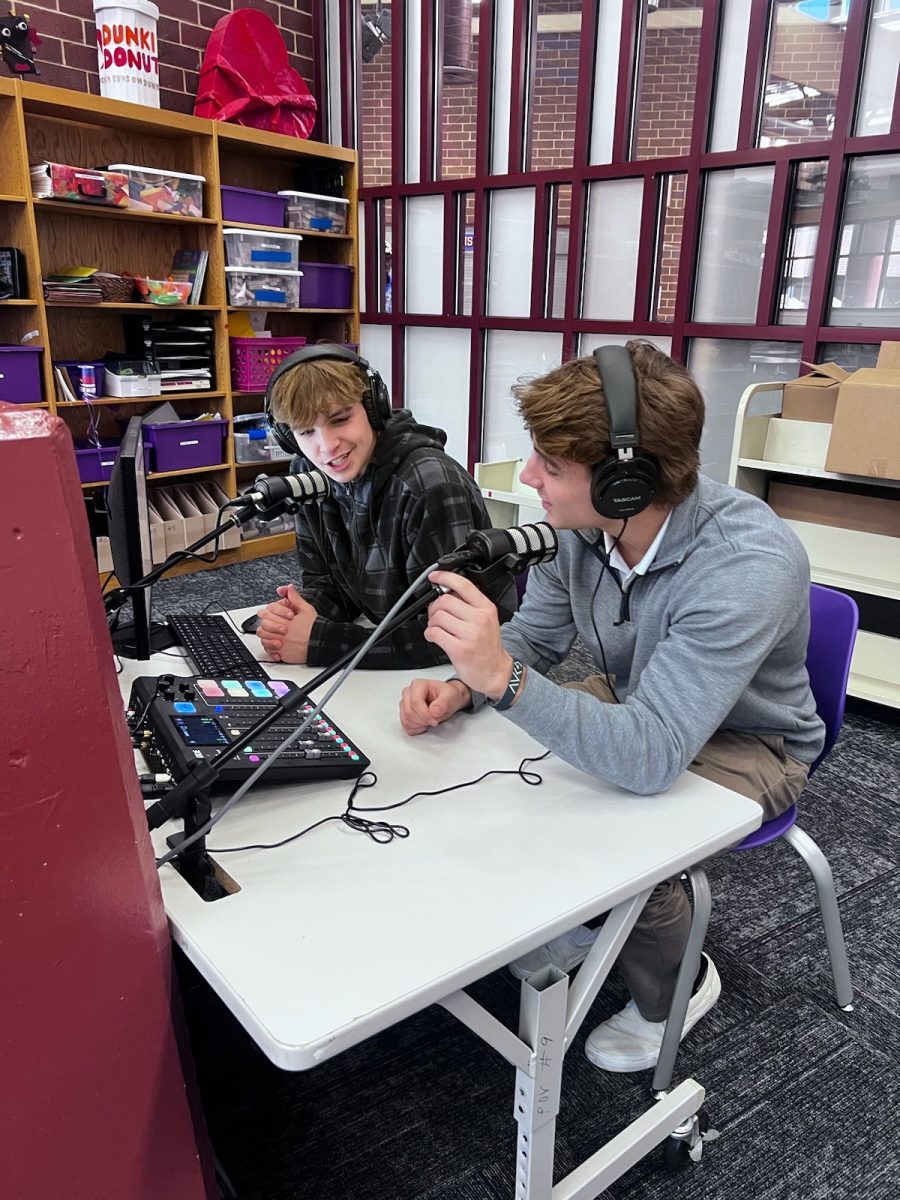The aftermath of the murders of George Floyd and Brianna Taylor caused an uproar that could be heard throughout the nation. George Floyd and Brianna Taylor were victims of police brutality; They were shot by police during situations where they were unarmed and nonthreatening. These events acted as a catalyst that brought to light two questions; should the police be defunded and should cops be allowed to carry firearms? The argument of defunding the police has been addressed and even implemented in some states; however, the conversation about police carrying firearms is still ongoing.
Guns for All
One perspective on this issue is that all police officers should carry firearms. People argue that police officers need firearms for their protection and the protection of others. Because gun laws have made it easier for most civilians to own guns, police are more at risk when confronting citizens because there is a high chance they might be carrying a lethal weapon. From 2012 to 2021 456 officers were killed by firearms, which means the perpetrators were armed. This makes the job of a police officer more dangerous and life-threatening, which is why officers should carry guns, so if an officer faces a person who has a weapon they would be evenly matched.
Additionally, police officers need guns in order to protect citizens. In 2023 there were 38 school shootings; 21 people died and there were 42 injuries. Because of this more and more schools are hiring armed officers in order to protect students and staff on a daily basis. If a school shooting or threat occurs an officer would need a gun so they could quickly disarm the perpetrator in order to protect everyone else and themselves. Without a gun these officers would be unmatched with the assailant which puts the officer and students at risk.
No Guns at All
People who feel strongly against this would argue that officers shouldn’t be allowed to carry firearms. Their reasoning behind this opinion is that arming police officers unnecessarily escalates situations and that officers use firearms excessively. The mere presence of firearms in a situation may escalate tensions and lead to unnecessary violence. The fear and anxiety that communities may feel towards armed police may also cause them to be less likely to cooperate with law enforcement, hindering investigations and making communities less safe overall.
Moreover, the mere presence of a lethal weapon on a police officer escalates any situation. Why attempt to de-escalate a situation with words when you can intimidate the other party by drawing a weapon? Police carrying firearms create a divide, as they are armed while civilians are not. Mr.Gibson is the armed officer at Tallwood High school. The students trust Mr.Gibson and feel safe around him, but what if the next person to hold his position isn’t so nice? The new officer’s persona and the presence of a lethal weapon may create a negative place where students don’t feel safe. Carrying a lethal weapon holds power over others because once someone is armed it doesn’t matter what their intentions are, they’re seen as something to be scared of.
Guns for Some?
Considering both sides of this issue, a reasonable middle ground is that not all officers should carry firearms but only a select few. Officers who are in positions that don’t require guns shouldn’t be armed, instead, they should be trained in combat and use non-lethal alternatives to keep the peace.
There are a few places that already implement this policy and have found that it produces good results. Britain has found that not arming every police officer significantly lowers killings by police. Handguns and assault rifles are completely banned in Britain, and a very small percentage of British police officers carry guns, something that has led to a lower number of fatal police shootings. In Britain there were about 3,300 deployments with firearms in 2016 and not a single shot was fired at a suspect; however, in 2016 cops in the US killed 1,092 people. Not arming every police officer can lead to significantly fewer fatalities and a safer environment for both officers and civilians. Britain’s experience shows that a more measured approach to arming police can promote better outcomes, proving that public safety can be achieved without relying on lethal force. This approach not only minimizes the risk of unnecessary deaths but also fosters trust between law enforcement and the communities they serve, making it a model worth considering for the U.S.
What Now?
This matter must be addressed swiftly and effectively. The most logical solution would be to limit the use of firearms to only certain officers, ensuring that not all officers are armed, while still avoiding the complete disarmament of the police force. This approach satisfies both sides of the debate. The side that says no guns gets to take away guns for some officers while allowing those in favor of armed police to ensure that certain officers retain their weapons.







